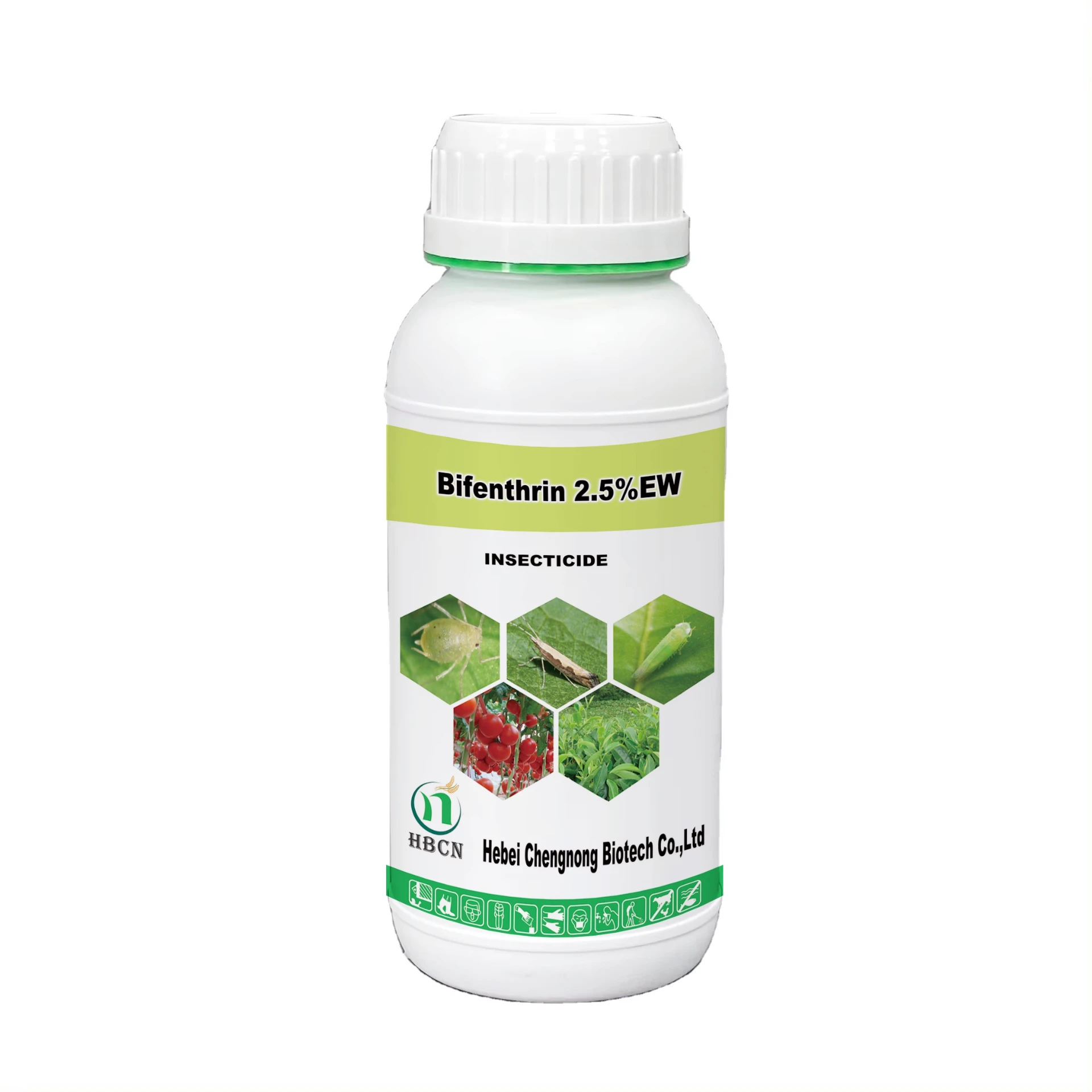
Nov . 24, 2024 14:04 Back to list
Exploring the Benefits of Chlorothalonil and Propiconazole in Agricultural Applications
The Role of Chlorothalonil and Propiconazole in Agriculture A Comprehensive Overview
Agriculture is the backbone of human civilization, providing food, fiber, and other essential products. However, crops face myriad challenges from pests and diseases, which can significantly reduce yields and threaten food security. To combat these issues, farmers often rely on various agrochemicals, including fungicides like chlorothalonil and propiconazole. This article delves into the uses, benefits, and concerns associated with these two important fungicides in agricultural practices.
Understanding Chlorothalonil
Chlorothalonil is a broad-spectrum fungicide that is widely used in agriculture. It is effective against a variety of fungal pathogens that cause diseases in crops such as tomatoes, peppers, and potatoes. This compound acts by disrupting the cellular respiration of fungi, preventing them from growing and reproducing. Due to its effectiveness, chlorothalonil has been a go-to option for many farmers looking to protect their crops from fungal diseases, especially in humid environments where such diseases thrive.
In addition to its agricultural applications, chlorothalonil is also used in non-food crops, such as ornamental plants and turfgrass. Its long residual activity allows for extended protection against re-infection, making it a popular choice among agriculturalists. However, the use of chlorothalonil has not been without controversy. Regulatory bodies in some countries have raised concerns about its environmental impact, particularly regarding aquatic life, as chlorothalonil is highly toxic to fish and invertebrates.
The Role of Propiconazole
Propiconazole is another prominent fungicide, primarily used to control various fungal diseases in cereals, fruits, and ornamentals. It belongs to a different chemical class than chlorothalonil and works by inhibiting the synthesis of ergosterol, a vital component of fungal cell membranes. This unique mode of action makes propiconazole effective against a range of pathogens, including those causing powdery mildew, leaf spot, and rust diseases.
odm chlorothalonil propiconazole

One of the key advantages of propiconazole is its systemic nature; it is absorbed by the plant and translocated through its tissues. This provides internal protection, allowing for better management of diseases that may not be easily controlled by contact fungicides. Furthermore, propiconazole has a comparatively low toxicity profile for humans and animals, making it a preferable option for many farmers.
Risks and Safety Concerns
Despite their effectiveness, both chlorothalonil and propiconazole are associated with certain risks. Chlorothalonil has been classified by the U.S. Environmental Protection Agency (EPA) as a probable human carcinogen, leading to increased scrutiny and recommendations for its use. Farmers using this fungicide need to adhere strictly to safety guidelines to minimize exposure to both humans and the environment. This has prompted some growers to seek alternative methods of disease control, including integrated pest management (IPM) practices that reduce chemical reliance.
Propiconazole, while generally considered safer, is not without its concerns. Overreliance on fungicides that target specific pathways can lead to the development of resistant fungal strains. Farmers need to implement resistance management strategies, such as rotating fungicides with different modes of action and integrating biological control methods.
Conclusion
Chlorothalonil and propiconazole play significant roles in modern agriculture, offering farmers effective tools to combat crop diseases. While both fungicides have notable benefits, they also come with risks that necessitate careful consideration and responsible use. As agriculture continues to evolve, the challenge will be to strike a balance between maximizing crop protection and minimizing environmental impact. By adopting integrated management strategies and exploring alternative control methods, the agriculture industry can work towards sustainable practices that ensure food security for future generations.
-
Best Abamectin 95% | Top Pesticide for Crop Protection
NewsJul.31,2025
-
Insecticide Spirotetramat 11% + Thiacloprid 11% SC at Good Price
NewsJul.30,2025
-
Best Abamectin SDS - Premium Quality & Reliable Safety Data
NewsJul.29,2025
-
Agrochemicals Pesticides Solutions for Sustainable Farming
NewsJul.29,2025
-
High-Quality Tebuconazole Fungicide for Crop Protection at Best Price
NewsJul.29,2025
-
Chlorfenapyr 8% + Clothianidin 20%SC Pesticide Mixture for Effective Pest Control
NewsJul.28,2025
